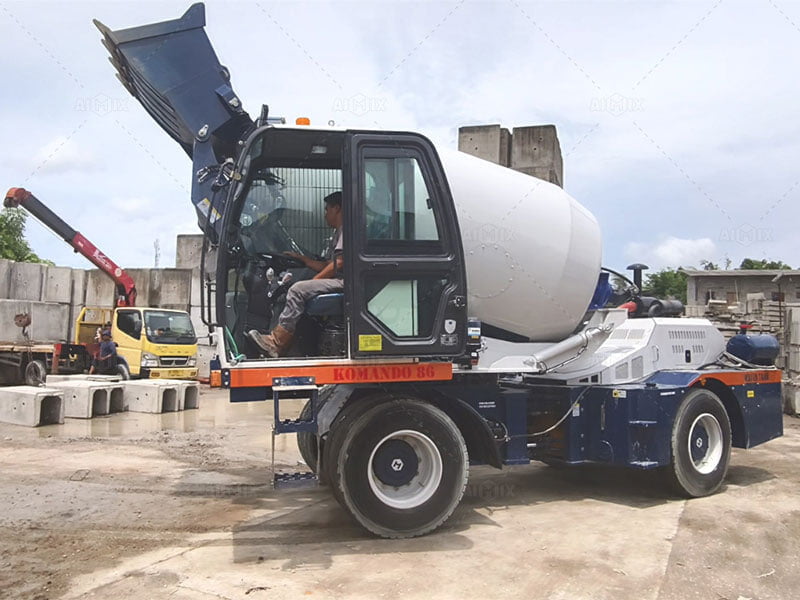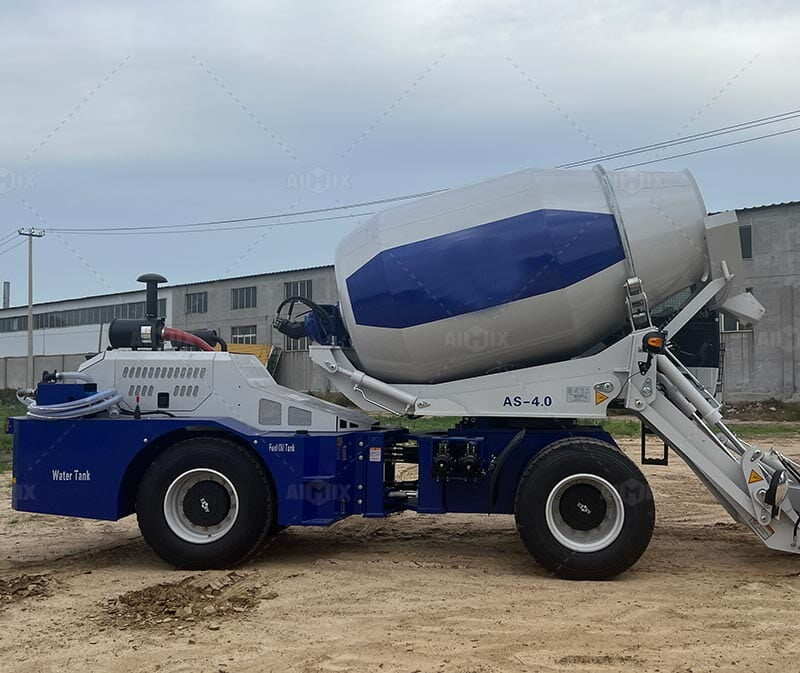Indonesia, with its sprawling archipelago of over 17,000 islands, presents a fascinating yet complex landscape for the construction industry. Among the many challenges faced by contractors and businesses, understanding the regional price disparities for self-loading mixers is critical for cost-effective decision-making. These machines, vital for streamlined concrete production, can exhibit stark price variations depending on where you’re buying within the country.

Understanding the Factors Behind Regional Pricing Variations
The logistics puzzle across Indonesia is one of the most significant contributors to self loading concrete mixer price disparities. Transportation costs from major manufacturing hubs to remote locations can inflate prices significantly. For example, delivering a self-loading mixer to a site in Papua or Kalimantan can add a substantial surcharge compared to purchasing the same equipment in Jakarta. These elevated costs often stem from a combination of limited infrastructure, high fuel expenses, and the reliance on inter-island shipping networks.
Local demand also exerts a powerful influence on pricing. In regions experiencing construction booms, like those developing new urban centers or tourism infrastructure, the demand for self-loading mixers often surpasses supply. This dynamic can push prices higher due to increased competition among buyers. Conversely, areas with slower economic growth or fewer construction activities might see more stable or even reduced pricing.

Key Regions and Their Pricing Trends
Java, the economic heart of Indonesia, stands out as a region where pricing is often more competitive. With its dense network of distributors and proximity to ports, businesses on Java Island benefit from reduced shipping costs and a high availability of products. Cities like Surabaya and Jakarta serve as central hubs where self loading mixers in Indonesia are stocked in significant volumes, driving down costs through competition among suppliers.
However, as one moves to more remote islands like Maluku or Sulawesi, the narrative shifts dramatically. These regions, while rich in natural beauty, face logistical hurdles that impact pricing. The lack of robust infrastructure and the need for long-distance shipping increase costs exponentially. A self-loading mixer that costs a certain amount in Java might see its price doubled—or even tripled—when purchased in these areas.
Navigating Regional Pricing for Better Investments
For buyers, understanding and navigating these price disparities is paramount to making wise investments. Comparing costs across regions can reveal value-for-money opportunities. For instance, sourcing equipment from a Java-based supplier and handling the transportation logistics independently might still cost less than buying directly from a remote distributor.
Negotiation is another powerful tool. By engaging with multiple suppliers and leveraging competitive quotes, buyers can often secure better deals. Additionally, exploring local sourcing options, such as refurbished or slightly used mixers available in specific regions, can be a savvy move to counterbalance high costs.
Indonesia’s diverse landscape and infrastructure challenges demand a strategic approach when investing in self-loading mixers. By factoring in regional pricing variations, businesses can ensure they get the best value while addressing their construction needs effectively.
